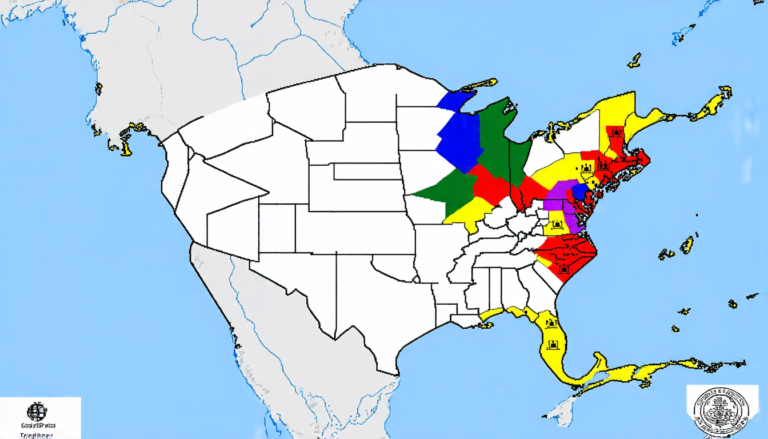Sunday 06 April 2025
Scientists often rely on storytelling when presenting their research findings, but a new paper argues that this approach can lead to biased and misleading conclusions. The study highlights a common pitfall in methodological research, where researchers selectively present data that supports their preferred methods, while ignoring or downplaying alternative approaches.
The authors of the paper note that this type of bias is particularly insidious because it’s often hidden beneath a veneer of scientific objectivity. Researchers may present their findings as if they’re based on empirical evidence, rather than acknowledging the subjective choices they made in designing and analyzing their studies.
One example of this phenomenon is the way researchers present real-world data examples to support their methods. While these examples can be useful for illustrating how a method works, they can also create a misleading impression that the method is more effective or reliable than it actually is. The authors argue that this type of anecdotal evidence is often given too much weight, and that researchers should instead focus on presenting a balanced view of their methods’ strengths and weaknesses.
The paper’s authors also point out that the rise of large language models has made it easier for researchers to generate plausible-sounding stories about their findings. While these models can be useful tools, they can also perpetuate biases and inaccuracies if not used carefully.
To combat this type of bias, the authors suggest a few strategies. One approach is to present multiple real-world data examples that demonstrate different aspects of a method’s performance. This can help to create a more nuanced understanding of the method’s strengths and weaknesses. Another approach is to use simulation studies, which can provide a more controlled environment for evaluating a method’s performance.
The authors also argue that researchers should be more transparent about their methods and results, including the subjective choices they made during the research process. By acknowledging these biases upfront, researchers can help to create a more informed understanding of their findings.
Overall, the paper highlights the importance of critical thinking and skepticism in scientific research. While storytelling can be a powerful tool for communicating complex ideas, it’s essential to remember that it’s just one part of the research process. By presenting a balanced view of their methods’ strengths and weaknesses, and by acknowledging the biases that are inherent in any study, researchers can help to ensure that their findings are accurate and trustworthy.
Cite this article: “Bias in Biomedical Research: The Storytelling Fallacy Exposed”, The Science Archive, 2025.
Research, Bias, Storytelling, Science, Methodology, Data Analysis, Objectivity, Language Models, Simulation Studies, Transparency, Critical Thinking







